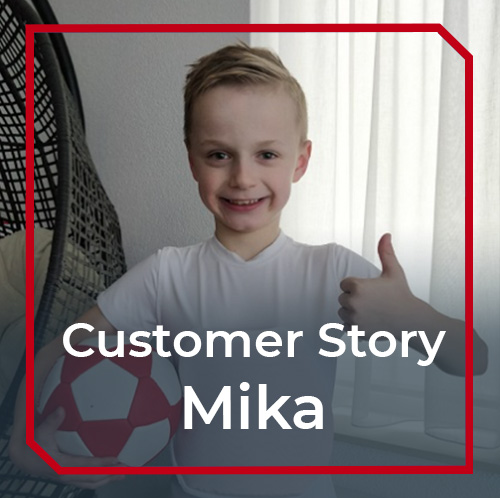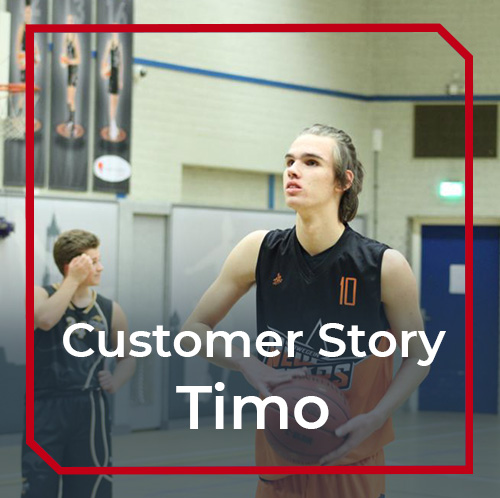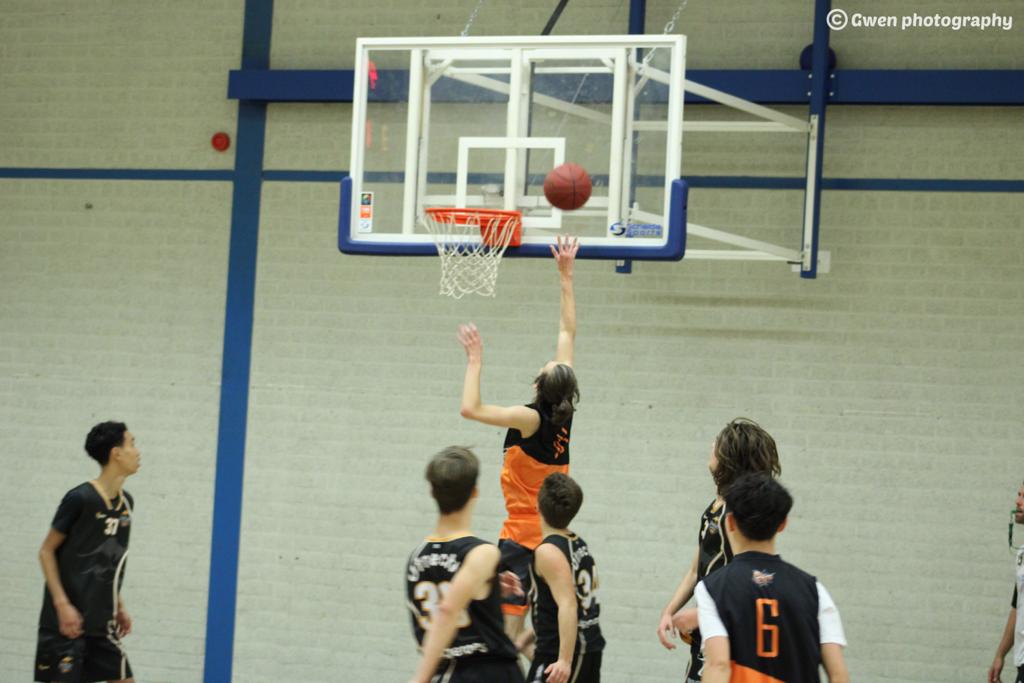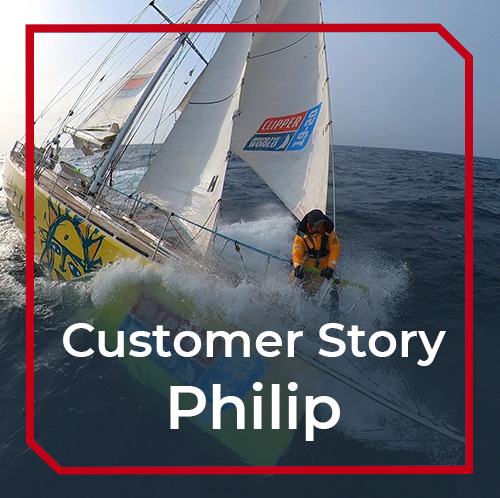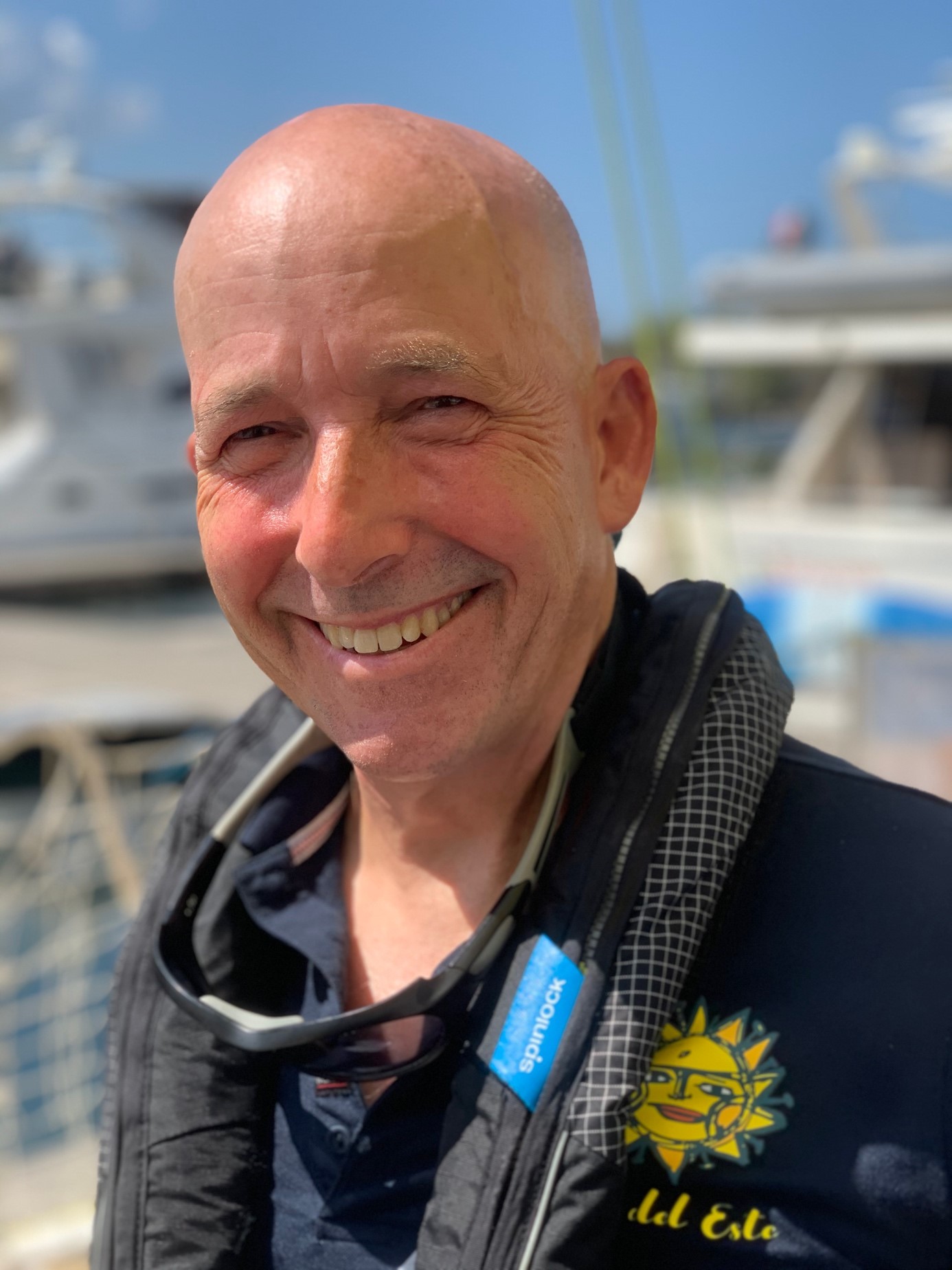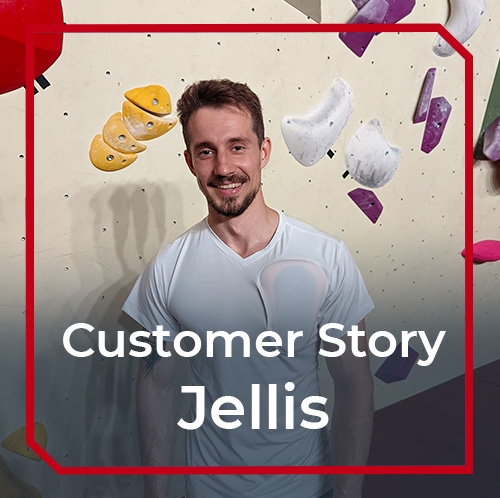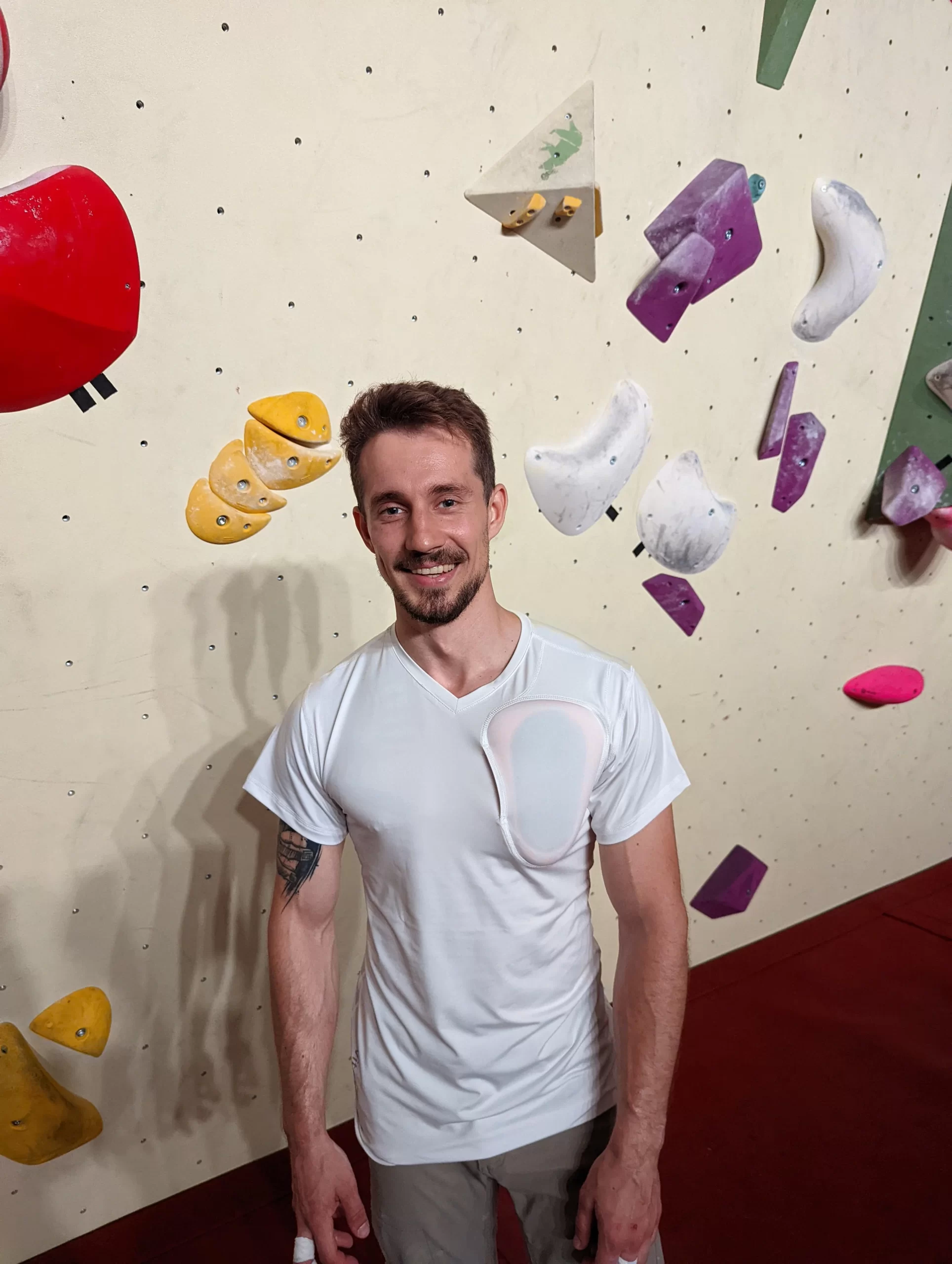Customer Story: Natascha
Natascha (43) was recently surprised with good news. She participated in a giveaway from Hartpatiënten Nederland and was one of the lucky ones to win a Vital Beat protection shirt won. Reason enough for an interview: why did she participate and how does she like the shirt?
Many wearers of pacemakers, ICDs and S-ICDs struggle with this: how do you deal with a medical device in your body? What can you do and for which activities is it wise to be more careful? Vital Beat responds to that need for answers, certainty and reassurance. The company focuses entirely on the development of protective shirts for people with a pacemaker, ICD or S-ICD. These shirts have a custom-made ‘shield’, or a protective pad that is slid into the shirt where the medical device is located with the wearer. The shield is made of the shock-absorbing material D3O. This material is also used in the development of motorcycle suits, protective equipment for stuntmen and helmets for military personnel. The shield in the Vital Beat protection shirts protects against pressure, for example from a seat belt, and against hard blows during, for example, practicing sports.
No pain
Natascha is happy with her protection shirt. “I can cuddle with the kids again without it hurting! Somehow they always aim for my left, as if they sense that my heart is there. Because my ICD is there, it was always painful. The Vital Beat shirt is therefore a real revelation for me. I now feel really protected while cuddling and it feels much more comfortable. The pressure is distributed more evenly and I suffer much less.”
Happiness
Natascha suffered a severe heart attack when she was only 18 years old, caused by a blood clotting disease that she was not aware of at the time. Her heart functioned less than fifty percent after that. School and work was no longer an option for her. “But by living my life as ‘normally’ as possible, I lived with my limitations as best I could. It was tough and I suffered a lot from side effects and limitations, but I am a go-getter.” Odekerken has had an ICD for about four years because her heart rhythm problems have worsened over the years. Her heart function is now at 34%. “The moment I was told I had to have an ICD, I found it very intense. I was confronted with the facts for a moment: it was a confirmation of decline. Fortunately, it still hasn’t gone off, but it’s nice to be different.” Due to her reduced heart function, Odekerken was never able to have children, but she and her partner are foster parents of two beautiful children aged 12 and 8. “I get a lot of happiness from that. So cuddling with them is also the best thing there is, but it was difficult that I always felt my ICD. I had never heard of protection shirts before, so when I read about it in the magazine I was pleasantly surprised! My ICD is quite big: it’s the size of a hand and it sticks out, so it always bothers me. That’s why this shirt is such a godsend. I’m surprised I’ve never seen or heard anything about this. I think this means of protection should be more widely known and will certainly share my experiences with those around me.”
This article was previously published in HPNL Magazine. Read the original article here



